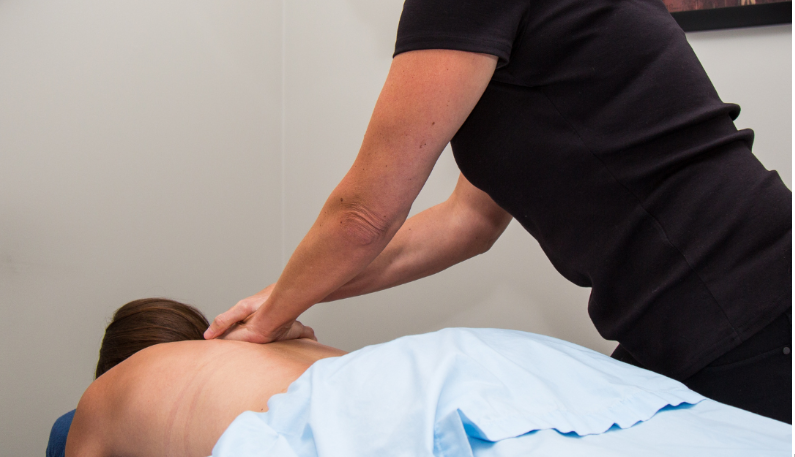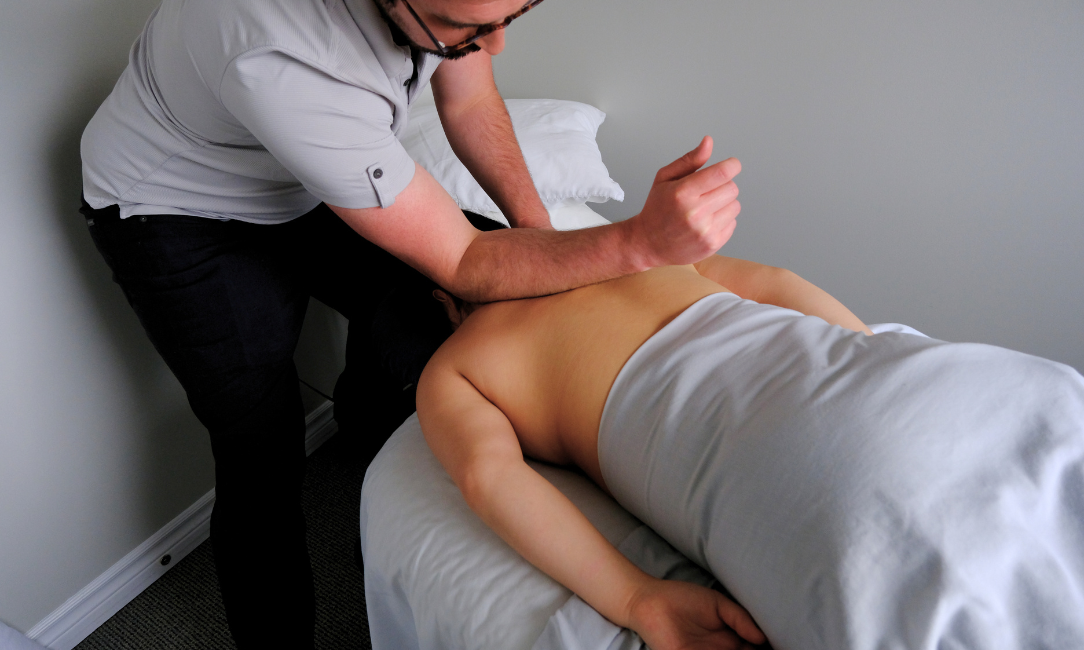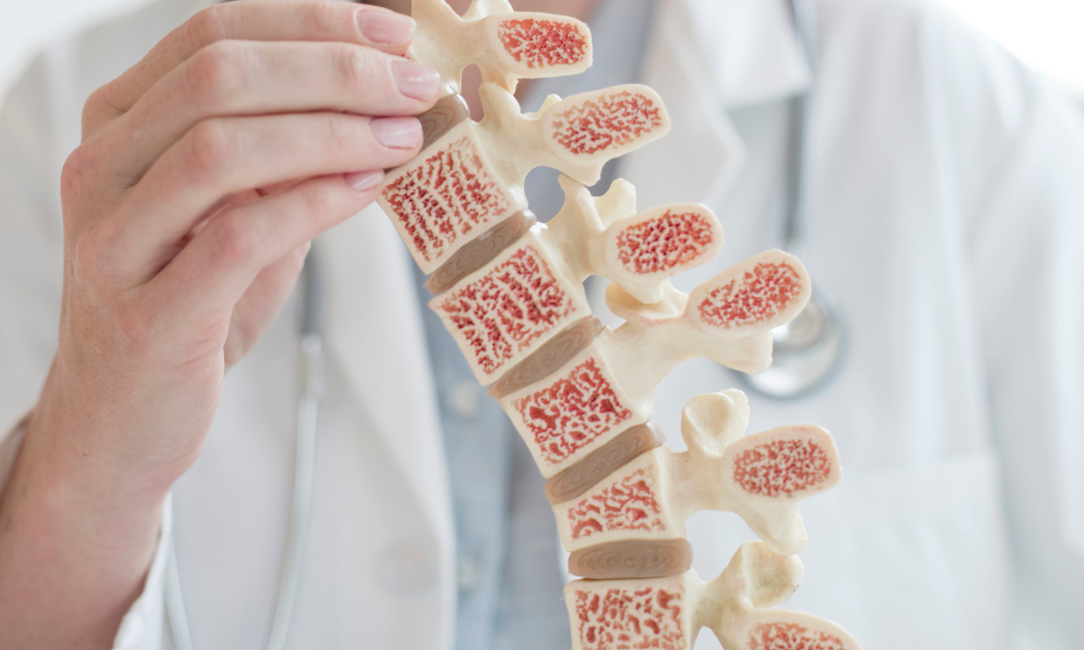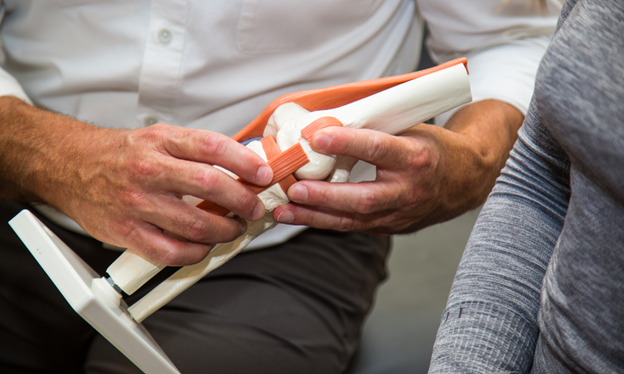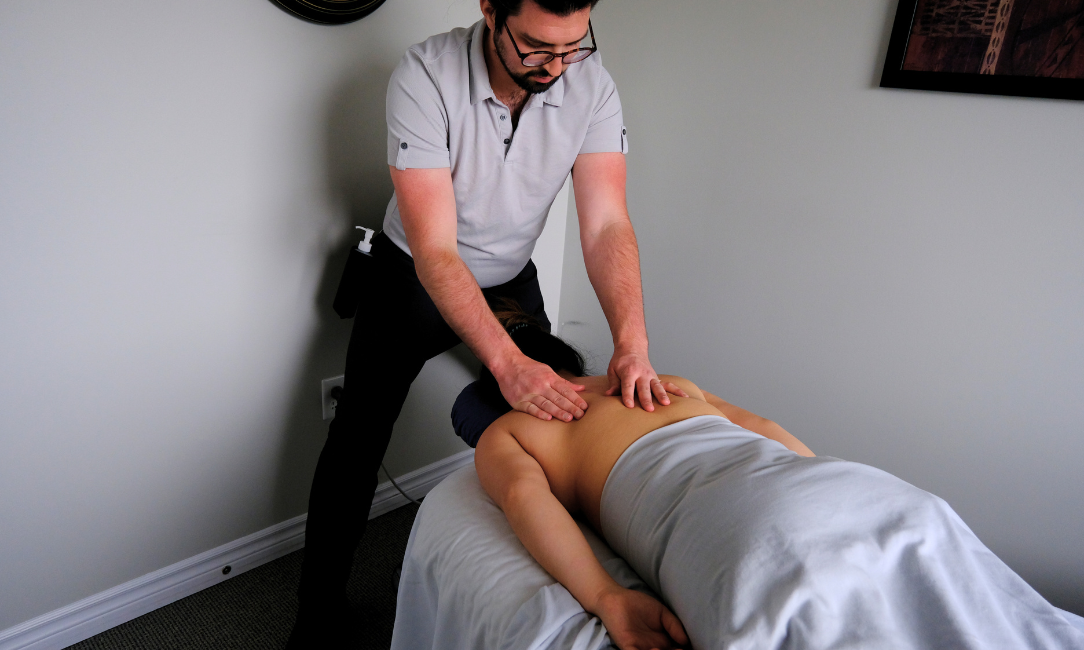Injured? When To Use Heat or Ice
So you woke up with a stiff neck, or maybe you twisted your ankle going for a run… either way you’re sore and debating between your heating pad, or an ice pack! Which one is the “right” one to use? How do they help? Let’s do a deep dive into hydrotherapy.
When To Use Ice
In general ice is best used with new injuries, or with swelling. Things like a sprain, plantar fasciitis, and muscle spasms can benefit from ice. However ice may also be helpful with more chronic conditions like tendinitis to help reduce inflammation.
Generally ice helps decrease inflammation, but it can also help numb pain and help stop muscle spasms.
How To Use Ice
Ice should never be directly applied to the skin. An ice pack may be wrapped in a towel and should be applied for no more than 30 minutes. The skin should be checked regularly for any signs of frostbite.
When To Use Heat
In general, heat is best used with muscular and/or chronic injuries like sore muscles, and arthritis, chronic tendinitis. Heat helps our blood vessels expand and muscles relax, which can mean better range of motion.
How To Use Heat
Heat can be used in multiple ways. You can use a hot water bottle, Magic Bag, or heating pad to apply heat directly to the muscles causing you discomfort, or for 20 - 30 minutes. Be sure the pack is not so hot that it could cause a burn.
You can also have a hot bath or shower.
Contrast Therapy
Contrast therapy means using hot and cold in quick succession, and alternating them several times. Research has shown that it can help with muscle soreness, and swelling. Always start with warm and end with cold.l (warm up, cool down is a good way to remember it!)
The “Real” Answer to Ice vs Heat
The real answer when it comes to choosing heat or cold is whatever feels best to you! But you can always chat with your physiotherapist, massage therapist or primary care provider about using heat or ice in your specific circumstance.
Injured? Give us a call at
902 865-8100 or email us at
info@empowerrehab.ca


The Role of Physiotherapy, Massage Therapy, and Occupational Therapy After Joint Replacement Surgery
